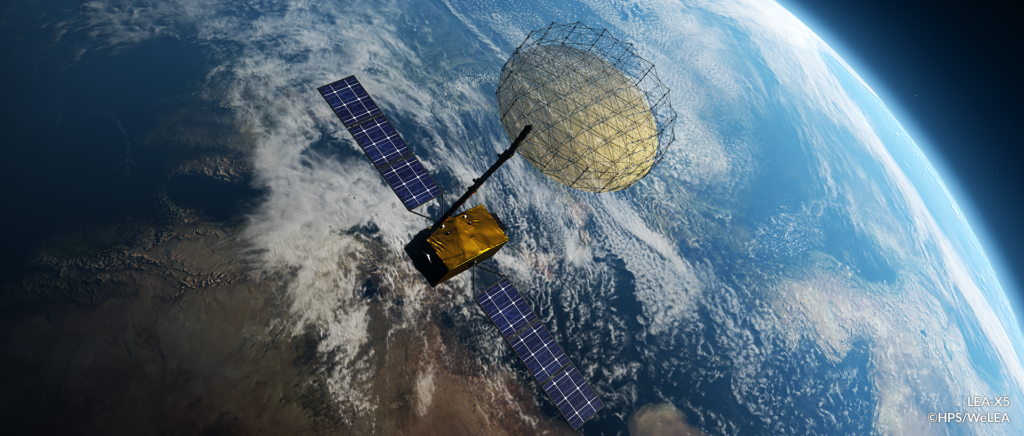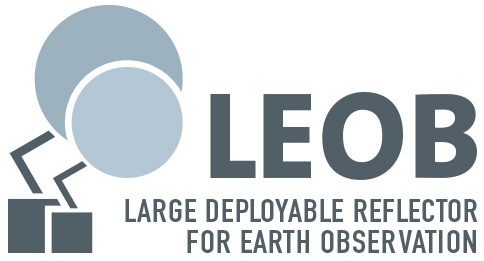Juli 2021
LEA-X5: New Movie on the completion of the European 5m X-band LDRS
Gladly we announce with a new 20-minutes-movie the completion of the H2020-development „LEA-X5“, the 5m class European Large Deployable Reflector Subsystem (LDRS) operating in X-band.
The film itself is of course showing recent environmental and deployment tests, but it is mainly about PEOPLE, who are space engineers and space enthusiasts, and what they can achieve with combined powers and brains. These people, together with the enablers European Commission and European Space Agency, are making the achievement of „European Non-dependance“ happen.
LEA-X5 is a full LDRS-Subsystem (lead by HPS, Germany) and comprises the
- 5m diameter X-band reflector assembly (lead by LSS, Germany)
- the 5m long deployable arm assembly (lead by HPS, Germany),
- hinges & HDRMs (RUAG, DE),
- deployment electronics (vH&S, DE),
- thermal hardware (HPS/FHP).
Further partners of the H2020-consortium have been: INVENT (DE), FHP (PT), INEGI (PT), TICRA (DK), LUMA (SW), HPTEX (DE), ARQUIMEA(SP), HPS (RO), ETAMAX (DE), WSS (DE), ONERA (FR), TAS (FR), OHB (DE), Airbus (DE).
Most of the consortium members are introduced in the movie, inluding many interviews.
Take your time and enjoy the spirit of doing big things: LEA-X5 – European 5m X-band LDRS Completed (Final Report 06/2021) – YouTube
Best regards,
Your WeLEA-Consortium

Second step taken towards European technological independence regarding large deployable reflectors
May 2019
HPS-consortium wins ESA´s LEOB challenge
The European consortium of 17 partners out of six European countries initiated and led by HPS GmbH has won the prestigious ESA contract for LEOB, the Large European Reflector for Earth Observation. The call had been initiated by ESA´s Earth Observation directorate in 2018.
The HPS consortium, including LSS Germany and RUAG Space Germany, won against severe competition from Italy, Spain, and the U.K.. Total budget amounts to 5 million €; taken together with contract number one on the development of a large deployable reflector out of late 2017, the budget to develop this critical technology now amounts to 12.5 million €. Future mission targets include geological changes, monitoring of vegetation, communications, Big Data, Internet of Things, and sciences.
Kick-off was on April 15th, 2019, the project will conclude with a tested Engineering Model exactly two years later in April 2021. It is the last precursor project before the development of a flight model for two future Copernicus missions: CIMR with a 7-8m reflector, operating in L- through Ka-band, rotating on top of the satellite at a speed of ten turns per minute, and ROSE-L with 12 meters of diameter, operating in L-band.
Precursing ESA-technology programs and LEA out of Horizon 2020 had laid the foundations for this great success.

